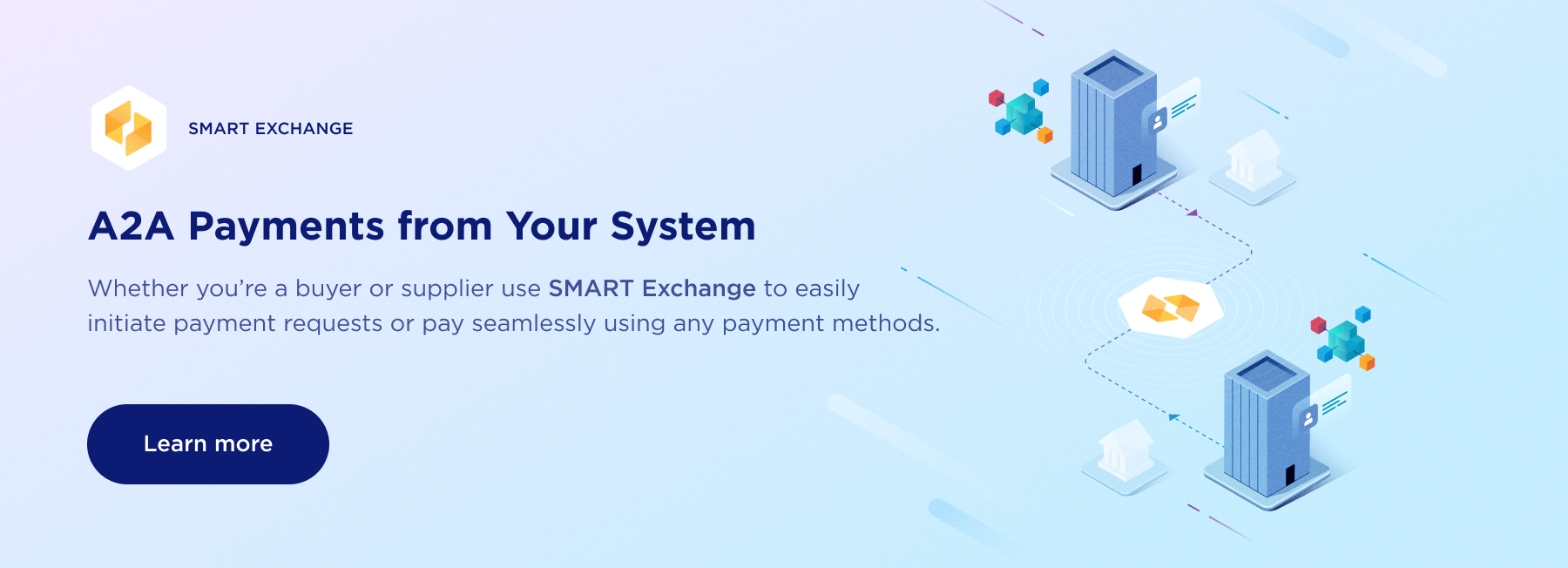
How did business payments become so complex and fragmented?
Blame it on the different systems, processes, and standards that businesses use to pay and get paid.
Why B2B Commerce is Plagued by Fragmentation
Systems
Business-to-business transactions can originate at different points across the supply chain.
- Manufacturing
- Logistics
- Distribution
- Procurement
- Point of Sale
Processes
Multiple closed-loop systems and networks limit the opportunity for payments automation.
Business payments may be handled by:
- Accounts payable systems
- Procure-to-pay networks
- Bank payment systems
- Bank lockbox systems
- Order processing systems
- Accounts receivable systems
Each of these closed-loop systems and networks have unique:
- Login and passwords
- Accounts requirements
- File formats
- Integrations
Suppliers have better things to do than log into buyer portals to download remittance information.
And standardizing communications between buyers and sellers will free accounts payable staff to spend less time answering payments-related questions and more time on higher-value activities.
Making matters worse, these systems are often poorly integrated with an ERP, the financial nerve center of the business. As a result, information about payments is frequently incomplete or inaccurate, not timely, not well-organized, and not readily accessible by decision-makers.
Standardization Plays a Critical Role for Better B2B Commerce
In response, some business networks have incorporated payment capabilities. But suppliers must join each buyer’s network separately and must manage payments and data through separate portals.
Standards
Nothing slows down business-to-business commerce more than poor visibility.
But most businesses rely on inefficient, error-prone communications for their business payments.
- Back-and-forth phone calls
- Back-and-forth e-mails
- Faxes
- EDI communications
- Portals
A lack of standards increases cost and complexity across the business payments lifecycle.
- Incomplete and inaccurate information
- Remittance data that is sent separately from the payment
- Information is not timely
- Data is not well-organized
- Systems are fragmented
- Decision-makers cannot access key variables
Buyers and sellers have had their fill of complex and fragmented business-to-business payments.
They are looking for ways to become more efficient, reduce the time and people required for manual processes and reconciliation, and get better visibility and control over their cashflow and spending.
This article is part 3/7 of our B2B REVOLUTION series where we explore the current B2B landscape and the next evolutionary phase in payments.
- #1 Rethinking Business Payments: Operational and Financial Challenges
- #2 Why B2B Payments are Complicated - How Businesses Pay and Get Paid
- #3 Why are B2B Payments so Fragmented? The Critical Role of Standardization
- #4 The Future of Business Payments – A2A Automation
- #5 Faster, Smarter Business Payments – How We Can Optimize B2B Payments
- #6 A2A Automation - Connecting Buyers and Suppliers for Frictionless Payments
- #7 A Game-Changing Solution – How A2A Automation Benefits Banks




